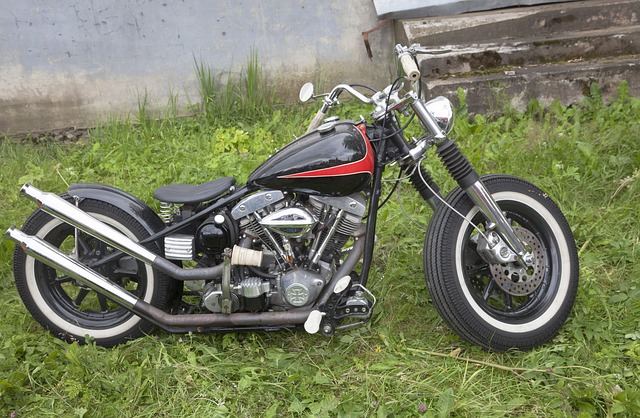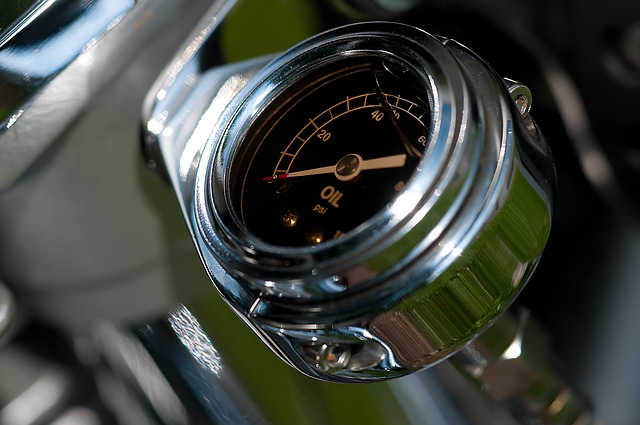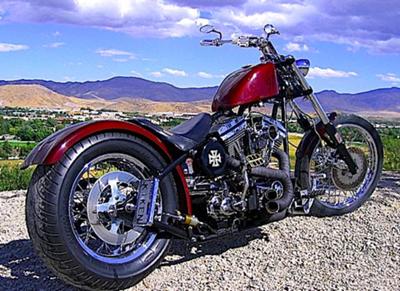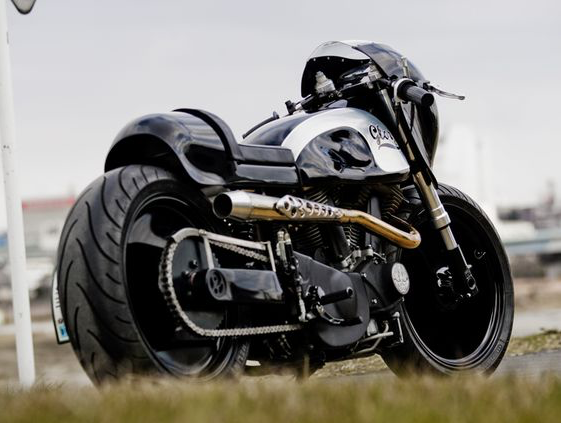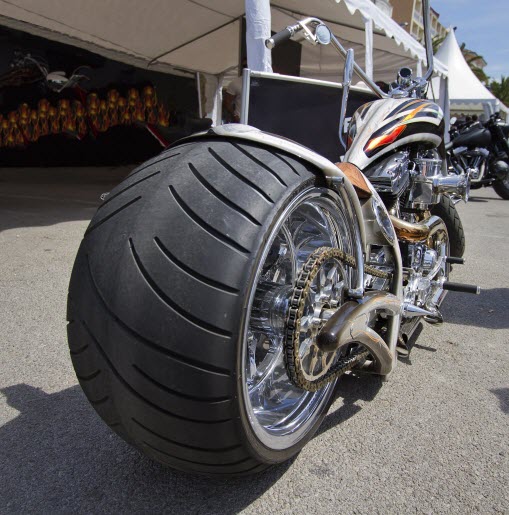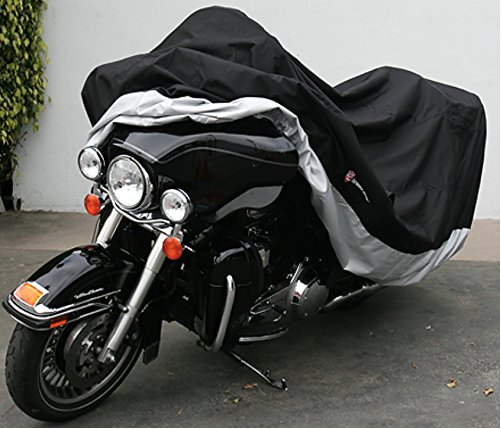Seven Motorcycle Storage Tips!
Here are some motorcycle storage tips for you to review and avoid any serious problems due to poor storage preparation. Whether you are storing your chopper, or your other bike, you get to do a few things before the hibernation.
Even if you store your bike for another reason, it is still necessary to take these steps to ensure it will be in good shape when you break it out of storage.
I'm sure you have run into a motorcycle at sometime, someplace, which a person has simply left sitting.
Whether it was because of an injury, changed priorities or simply the fact that the motorcycle needed work that wasn't possible at the time, when it was left sitting, major problems can occur and in some cases a total rebuild may be required to get the bike back to roadworthy. Proper motorcycle storage preparation is extremely important.
Don't let this happen to you. It is simply too easy to prepare the bike so that it can be stored safely and brought back to life quickly and easily.
Keep in mind that these tips are for short-term storage and are not the steps that should be followed for storage longer than a few months. Check with your local dealer or repair shop to learn more about long-term storage.
Motorcycle Storage Tip #1:
The best and most logical place to begin your storage preparations for your custom chopper is with the fuel system. Because unleaded gasoline has a short shelf life of only three to four week before deterioration begins, the fuel must be stabilized.
Consider this: gasoline that is not stabilized oxidizes and turns to a substance that is pretty much like varnish after a short period.
Some folks think that draining the gas tank and float bowl is the best way to go to prevent sludge build up. In reality, it is all but impossible to completely drain the fuel from the carburetor jets and small lines.
For this reason, fuel stabilization is a much better method to use. You can buy any reliable brand of fuel stabilizer and add the recommended amount to a full tank of gas. Run the engine for 15 minutes or more to get the stabilized fuel into all the parts throughout the engine and fuel system.
If the bike is not running, it is better to drain the fuel system, empty the carb and fill the tank with fresh fuel than to do nothing. This will help prevent corrosion.
Tip #2: Oil
Next, while the engine is still warm, change the oil to remove sludge that might deteriorate during storage. When you are ready to get up and riding again, you'll have fresh oil and not have to worry about this important maintenance step at that time.
Of course, you should always use top-quality oil and you might consider using synthetic oil since this will last longer. Let the engine run for a short time to ensure that lubricant is distributed throughout the engine.
Tip #3: Brake Fluid
If you haven't changed your brake fluid recently, this is a good time to take care of that. Dirty brake fluid can contribute to corrosion and cause the hydraulics to deteriorate.
New brake fluid is light amber; if your fluid is dark or clouded, you definitely need to change the fluid by thoroughly flushing the system and filling with new brake fluid.
Tip #4: Battery

For a long battery life, it is important to keep the battery charged if you are using the common lead-acid battery. If your bike will be stored where freezing temperatures are possible, you will need to remove the battery from the motorcycle and store it in a dry place that will not reach below freezing temperatures.
Do not place the battery on concrete; instead, store it on a work bench or other raised surface. You can obtain specialized chargers that will not overcharge your battery.
A Battery Tender is one type of these products. If you use a trickle charger on the battery, you have to be sure not to overcharge the battery by running the trickle charger only one-half hour per day. To do this easily, set the charger up on a time that you can find at any large discount store at a reasonable price.
Tip #5: Clean, Then Lubricate
Storing your motorcycle with road grime and grit is a sure way to start corrosion and cause damage. Before storing, clean your scoot thoroughly. Wash and dry it completely, then apply a coat of wax.
If you have a chain drive instead of a belt drive, lubricate the chain properly. All the moving parts like cables, pivot points, and center and side stand should be lubricated thoroughly.
A good protectant spray made specifically for metal can be sprayed on the frame and drive train to prevent rust and potential pitting.
A word of warning: if you have a pearl effect paint job, never allow any petroleum-based lubricants or other products that contain petroleum or petroleum derivatives to touch your paint. Also, do not use WD-40 on any motorcycle anywhere. Buy the right products for the job; your bike is worth it.
Tip #6: Tires
Check the air pressure in your tires and be sure they are inflated properly.
For those who have an air compressor, you can deflate the tires and then refill them to get rid of any moisture that may have condensed inside the tire. If the custom chopper is going to be stored in freezing conditions, you need to get both tires off the ground so they do not have any load on them.
This is a good idea even if the chop won't be stored in the cold, but it is crucial for cold storage. However you choose to raise your motorcycle, make absolutely certain it is secure and will not fall. Bottle jack lifts have failed under long use, so be careful about the method you choose to use for lifting the load from the tires.
Tip #7: Cover
The last step is to cover your motorcycle for storage. Use a cover that allows air to pass in and out so that moisture will not condense and become trapped under the covering. Plastic tarps are famous for allowing condensation to occur.
This is a good motorcycle storage cover.
If you are storing your bike in a place that creatures could possibly get into the storage area, cover your exhaust ends with plastic bags to prevent anything from deciding that your pipes look like a good hiding spot.
So remember to follow each motorcycle storage tip every winter or before you store your bike for long periods of time.
Also, as a disclaimer, we are not responsible for any damage that occurs as a result of following or not following the advice on this motorcycle storage tips article. But we feel that we've covered the most important aspects of proper motorcycle storage preparation. Let us know if we have left anything out, and you want us to add any other tips.
Related Articles:
|
Chopper
Frame Plans |
